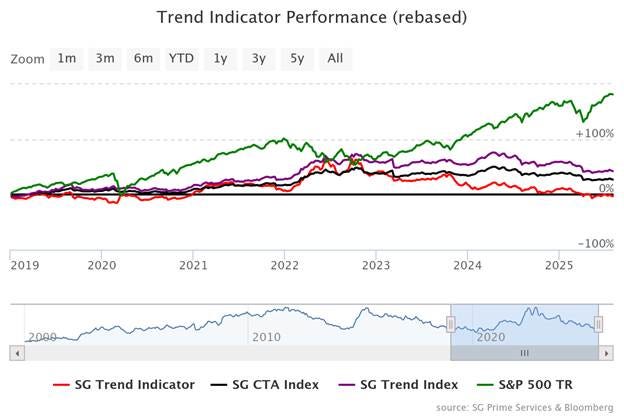When History Stops Helping
How to separate durable ideas from disposable strategies
“Investors should be skeptical of history-based models. Constructed by a nerdy-sounding priesthood using esoteric terms such as beta, gamma, sigma and the like, these models tend to look impressive. Too often, though, investors forget to examine the assumptions behind the models. Beware of geeks bearing formulas.”
―Warren Buffett
When learning from history, it is important to distinguish between concepts that are permanent and those that are not.
For example, Warren Buffett’s favorite book on investing is Ben Graham’s The Intelligent Investor. Written in 1949, most of the strategies described in the book wouldn’t work today (and they didn’t work for long after the book was published).
But some of the stuff in that book – the ideas that investors should be skeptical of hype, demand a margin of safety, and be rational when others are emotional – were just as good then as they are today.
This is important because most of the information we learn about the markets is no longer helpful, yet we apply it as if it is.
Take trend following strategies, for example. This 2019 article from Morningstar: Trend-Following Can Cut Risk was so bold as to say:
Trend-following can help cut risk while capturing most of the market's returns. That seems too good to be true, particularly for a market-timing strategy, but it has been undeniably effective.
“Undeniably effective” is a fancy way of saying the back testing looks good.
But as this chart comparing the Societe Generale Trend following index points out, from January 2019 to August 6th of this year, while the S&P 500 had a total return of over 180%, the trend following index lost 1.79%.

Strategies come and go. Narratives rise and fall. Back tests always look convincing — right up until they meet reality.
That’s why it’s critical to separate what is timeless from what is merely timely.
Anyone can sound brilliant explaining a strategy that worked in the past. The real challenge is knowing whether it still applies now, and whether it will still matter tomorrow.
Interesting but unrelated article:
The Death of Partying in the U.S.A.—and Why It Matters
Young Americans today spend 70 percent less time attending or hosting parties than they did at the beginning of the 21st century.
Personal Note:
The kids went back to school on Tuesday.



Hopefully, they are as excited as I am.





When it comes to writing about investments, the disclaimers are important. Past performance is not indicative of future returns, my opinions are not necessarily those of TSA Wealth Management, an SEC-registered investment advisor, and this is not intended to be personalized legal, accounting, or tax advice etc.
For additional disclaimers associated with TSA Wealth Management please visit https://tsawm.com/disclosure or find TSA Wealth Management's Form CRS at https://adviserinfo.sec.gov/firm/summary/323123